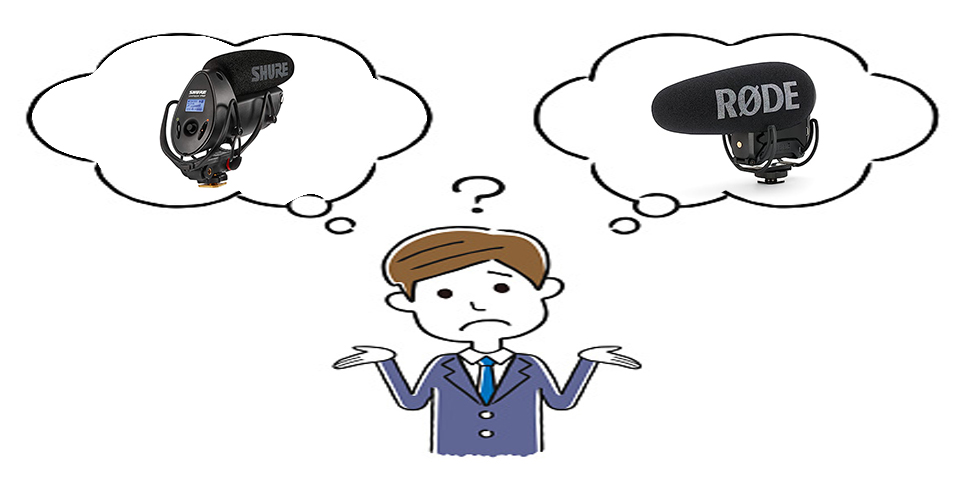When it comes to capturing high-quality audio for your DSLR videos, your camera’s built-in microphone is often insufficient. Solution? Invest in an external DSLR microphone. But with countless options available on the market, choosing the one that best suits your needs can be a daunting task. In this guide, we’ll walk you through the essentials to consider when choosing the perfect DSLR microphone to up your audio game.
We had a blog about 7 Best DSLR Microphone 2023 and this blog we’ll talk about how to choose the best DSLR microphone

6 Way To Choose The Best DSLR Microphone
1. Purpose and Usage
Before diving into the world of DSLR microphones, it is essential to determine the main purpose and usage of the microphone. Are you planning on doing interviews, vlogs or cinematic videos? Each situation may require a different type of microphone. For example, shotgun microphones excel at capturing directional audio, making them ideal for vlogging, while lavalier microphones are perfect for interviews and other situations where the microphone needs to be hidden.
2. Microphone Types
There are several types of microphones to choose from, each with its own advantages and disadvantages:
- Shotgun microphone: These highly directional microphones capture sound in a narrow cone, making them ideal for isolating subjects in noisy environments.
- Lapel microphone: Also known as lavalier microphones, these are small, discreet microphones that can be clipped to clothing. They are great for recording clear sound and close-ups of objects.
- Condenser microphone: They are known for their sensitivity and ability to capture detailed, high-quality sound. However, they may require an external power source such as a battery or phantom power source.
- Dynamic microphone: Ideal for reducing background noise and handling high sound pressure levels, dynamic microphones are often used during live performances.
3. Connectivity
Consider how the microphone will connect to your DSLR camera. Most DSLR cameras have a 3.5mm microphone input but some may require an adapter. Make sure the microphone you choose is compatible with your camera’s input.
4. Directionality
Different microphones have different degrees of directivity:
- Cardioid: Captures sound primarily from the front while reducing ambient noise.
- Omnidirectional: Captures sound evenly from all directions, suitable for recording ambient sound.
- Super heart and super heart: They offer a narrower polar pattern than cardioid microphones, making them great for isolating sound sources.
5. Wind and Handling Noise
If you plan to film outdoors or in windy conditions, look for microphones with windshields or good wind mitigation. Additionally, consider using a microphone equipped with a shock mount to minimize handling noise when moving the camera.
6. Budget
Your budget plays a big role in your microphone choice. Higher-end microphones can deliver higher sound quality but come with a higher price tag. However, there are also budget options that give good performance for those on a tighter budget.
Conclusion
Selecting the best DSLR microphone for your needs can greatly enhance the audio quality of your videos. Consider your intended use, microphone type, connectivity options, directionality, wind and handling noise features, budget, and any additional features that may improve your recording experience. By carefully weighing these factors, you’ll be well on your way to capturing crystal-clear audio that complements your DSLR footage and elevates your video production to the next level.
Contact us if you have any questions.
Moreover, Don’t forget at VincentColor we provide Real Estate Photo Editing Service only from 0.5$
Website: https://vincentcolor.com
Email1: Contact@vincentcolor.com
Email2: Cs@vincentcolor.com
